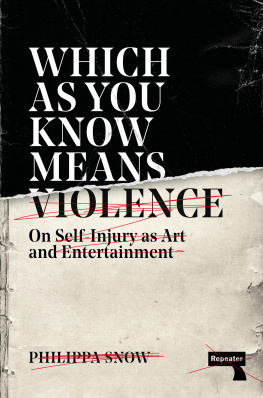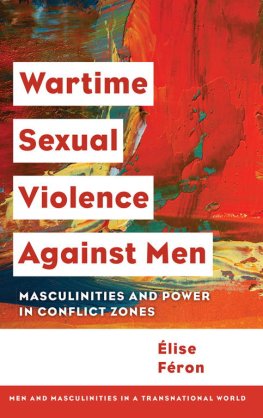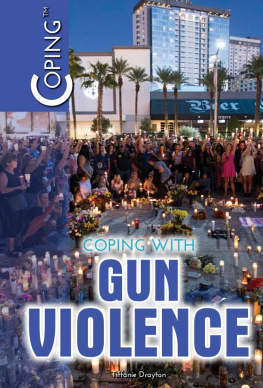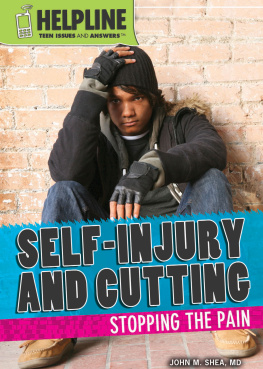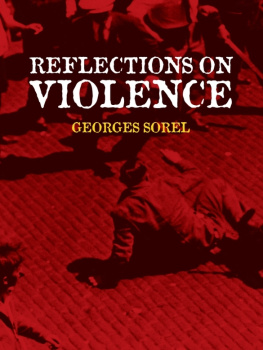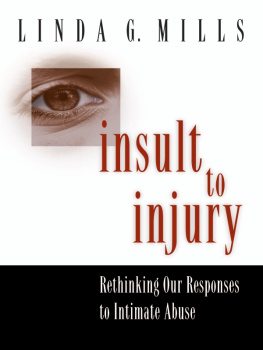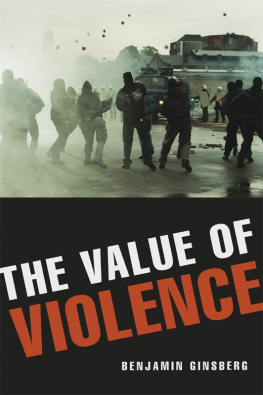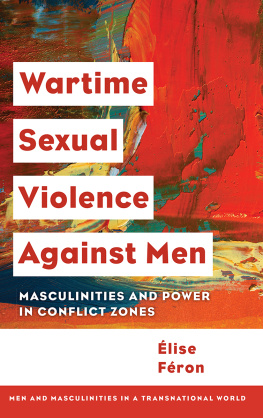


Published by Repeater Books
An imprint of Watkins Media Ltd
Unit 11 Shepperton House
89-93 Shepperton Road
London
N1 3DF
United Kingdom
www.repeaterbooks.com
A Repeater Books paperback original 2022
Distributed in the United States by Random House, Inc., New York.
Copyright Philippa Snow 2022
Philippa Snow asserts the moral right to be identified as the author of this work.
ISBN: 9781913462468
Ebook ISBN: 9781914420825
All rights reserved. No part of this publication may be reproduced, stored in a retrieval system, or transmitted, in any form or by any means, electronic, mechanical, photocopying, recording or otherwise, without the prior permission of the publishers.
This book is sold subject to the condition that it shall not, by way of trade or otherwise, be lent, resold, hired out or otherwise circulated without the publishers prior consent in any form of binding or cover other than that in which it is published and without a similar condition including this condition being imposed on the subsequent purchaser.
Printed and bound in the United Kingdom by TJ Books Ltd
A scintillating look at bodily harm in art and society, from Buster Keaton to Jackass , which puts the late 1990s and 2000s in its rightful place as a historically and culturally important moment while showing how capitalist society is forever a sadomasochistic death cult. Snow is witty, funny and sharp as a knife.
CAMILLA GRUDOVA, AUTHOR OF THE DOLL S ALPHABET
With her sharp insight and ferocious sense of fun, Philippa Snow is the rare critic with the daring necessary to juxtapose Jackass and feminist body art, to probe their entangled strains of suffering and liberation. These essays are feats of intellectual agility that feel eye-opening, risky, and all too relevant to our half-mad moment.
ALEXANDRA KLEEMAN, AUTHOR OF
YOU TOO CAN HAVE A BODY LIKE MINE
Snow writes with such kinetic, sensory power here, alongside her characteristic, roving intelligence, that I felt Id (somewhat queasily) witnessed, as well as read, this gripping exploration of pain and performance. Which As You Know Means Violence is as smart, fearless and funny as its many sensitively drawn subjects. Brilliant.
OLIVIA SUDJIC, AUTHOR OF ASYLUM ROAD
The best book Ive read on art and pain since Maggie Nelsons Art of Cruelty , and a worthy successor to that work.
JOANNA WALSH, AUTHOR OF GIRL ONLINE
For Thogdin
INTRODUCTION
In Slavoj ieks eccentric, discursive essay-film The Perverts Guide to Cinema , there is a passage in which he analyses a scene from an unfairly maligned, often misappropriated film, David Finchers 1999 anti-capitalist, anti-masculinity satire Fight Club . Onscreen, Edward Nortons character is in a meeting with his boss, and is pummelling his own face with his fist with such extraordinary force that his entire body is thrown, doll-like and loose-limbed, through the plate glass of a table. Because iek argues that the cinematic arts are automatically perverse, the screen teaching us not what to desire, but how to desire, he is thrilled by Finchers staging of the scene the way it transmutes self-harm into an unsettling act of courage and self-advocacy, with Nortons former office drone smashing his way out of a somnambulist haze by using his own body as collateral. Far from standing for some kind of perverted masochism or reactionary fantasy of violence, iek offers eagerly in voiceover, I think this [scene] is what liberation means. In order to attack the enemy, you have to beat the shit out of yourself: to get rid in yourself of that which attaches you to the conditions of society.
When ieks film was first released in 2006, I was an art student, and his provocative suggestion that an act of self-destruction could be liberatory, even empowering or politically progressive, struck a chord because it might as easily have been applied to another phenomenon from my then-recent youth: the show Jackass , an equally bro-ish showcase of self-injury just as beloved by male lunkheads, which was unleashed on an unsuspecting public in the year 2000. Because common sense dictates that hurting oneself is an idiotic act rather than one that can be radical, meaningful or creatively fulfilling, and because the players themselves were quick to distance themselves from performance artists on the grounds that categorising oneself as such was unforgivably pretentious, I had only been vaguely aware of the show when it first began to air, seeing it as a stupid joke for boys. Later, with the benefit of an arts education, I found it harder and harder to tell the difference between what Johnny Knoxville et al. did and what, for instance, Chris Burden had done in 1971 when he enlisted an anonymous friend to shoot him in the arm as what he called a commentary on a sort of American tradition of getting shot. Wasnt Jackass , in its way, a kind of commentary on the directionless, uninsured and broke American slackers own tradition of, metaphorically speaking, getting kicked extremely forcefully in the balls?
For reasons I have not yet had unravelled for me by a qualified therapist, I have always been drawn to extremity in art and culture, reasoning that an intellectual shock can restore clarity to the mind. Logically, there is no more extreme material for an artwork than the body, the line between work and artist melting into nothing in a way that suggests either true commitment or insanity depending on the audiences viewpoint. Who could not be at least mildly interested in the individuals who decide to work in this particular medium? Nearly a decade after first seeing iek equate hurting oneself with the possibility of liberation, I found myself fascinated by a young YouTuber named Paige Ginn, who became an internet sensation in the 2010s for her repeated staging of extremely violent falls in public, the result halfway between a slapstick pratfall and a stunt. Even though Ginn did not technically see what she was doing as a work of art, it seemed to me to be as bracing and as elegant a challenge to the myth of feminine delicacy as Marina Abramovi once posed by allowing audiences to menace her with weapons. What made this long-running train of thought finally crystalise into the impetus to begin writing this book in the spring of 2020, I cant say, although it happened to coincide quite accidentally with the start of an unusually painful period in contemporary history. I do know this: that I wanted to know what allows a person to develop the kind of relationship with intense pain that permits this kind of dangerous self-expression, and that I was also curious as to the effect that the performers gender with specific reference to the stereotypes often applied to heterosexual, cisgender men and women with regards to pain and strength has on the reception of a work that uses self-harm as its medium. These subjects, along with two more enquiries (one about the relationship between pain and humour, and one about the theoretical possibility of death itself being presented as an artwork) form the basis of Which as You Know Means Violence . Rather than being an academic text, it is, I hope, just as eccentric and discursive as that documentary by iek maybe its own kind of perverts guide, examining the possibility of pain as an effective vehicle for profundity, liberation, feminism, subversion, eroticism, humour and divinity every bit as interesting as pleasure.
Next page
